#Doedicurus
Text


Agathized (Rock/Gound) & Opalized (Rock/Ice) fossil pokemons
During the formation of a fossil, due to the minerals in the area, a fossil can become agatized or opalized, this means that the resulting fossil can have parts made out of agathe or opal, giving them an iridiscent look

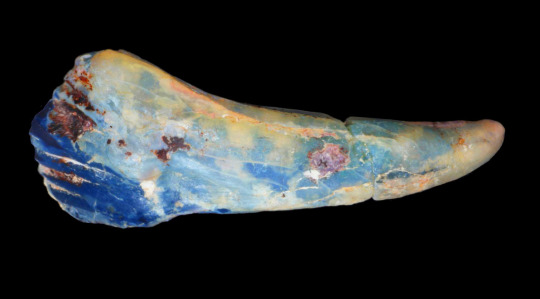
Due to this process, this 2 fossil pokemons after being revived had some of their body parts completely replaced by the minerals
The Agatized fossil (Rock/Ground) is based on the Doedicurus Clavicaudatus
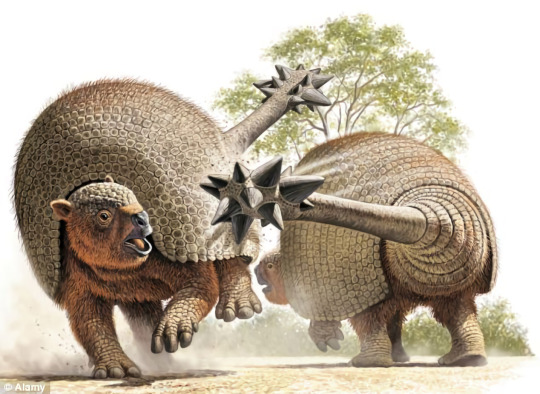
The Opalized fossil (Rock/Ice) is based on the Elasmotherium Sibiricum

#pokemon#fakemon#fake pokemon#fossil pokemon#fossil fakemon#fossil#agathe#opal#agatized fossil#opalized fossil#elasmotherium#glyptodon#doedicurus#rock type#ground type#ice type#rock pokemon#ice pokemon#ground pokemon#ground fakemon#ice fakemon#rock fakemon#cenozoic#megafauna
2K notes
·
View notes
Text

Another #paleostream sketch
Doedicurus, standing bipedally. There are actual publications that indicate that even these enormous armadillos were able to walk on their hind limbs. Also their osteoderms show openings for hair follicles, so their armor was partially furry.
214 notes
·
View notes
Text
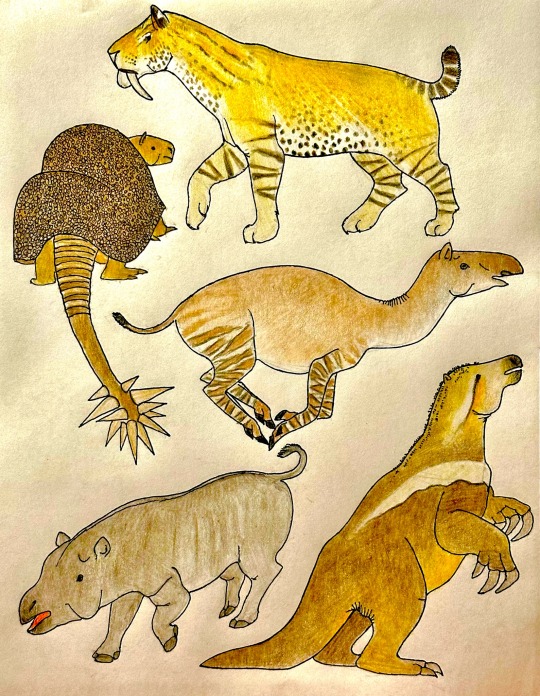
Sketches of some South American animals that were once part of the famous Pleistocene megafauna, from top to bottom: Smilodon populator, Doedicurus clavicaudatus, Macrauchenia patachonica, Toxodon platensis and Megatherium americanum
#paleoart#paleontology#pleistocenemegafauna#pleistocene#pleistocene south america#smilodonpopulator#smilodon#macrauchenia#megatherium#doedicurus#cenozoic life#cenozoology#cenozoic
141 notes
·
View notes
Photo
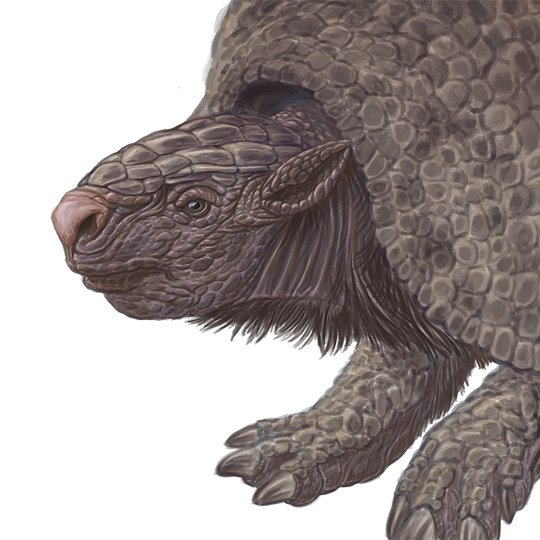

Not finished yet but soon, here is some more progress on my Doedicurus clavicaudatus reconstruction.
#Doedicurus#paleo#paleoart#paleontology#sciart#science#naturalhistory#pleistocene#digitalart#digitalillustration#iillustration#art#humanartist#artistsontumblr#animal art
127 notes
·
View notes
Text
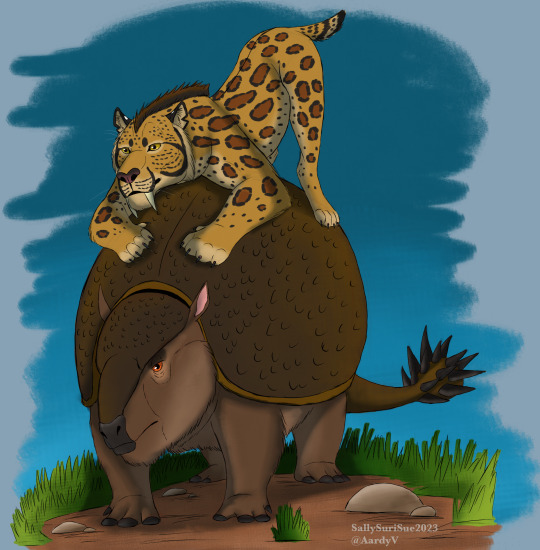
The Smilodon using the Doedicurus as a scratching post!
52 notes
·
View notes
Text
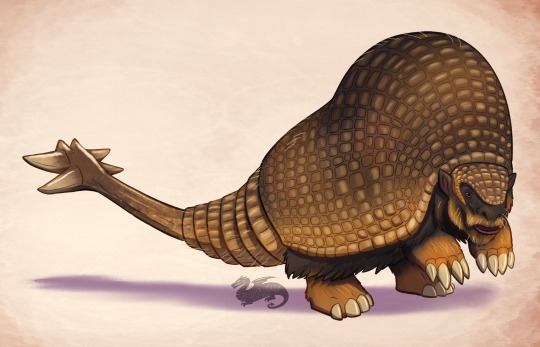
Paleovember 2022, Doedicurus!
A member of the glyptodonts (extinct relatives of the modern armadillo), Doedicurus seems to have taken a note from ankylosaurs when it came to its spiked tail. Despite it seemingly being front heavy, it’s weight was actually centered on its hips, meaning it could stand on its hind legs!
#Doedicurus#glyptodont#armadillo#pleistocene#ice age#paleontology#paleoart#Paleovember#illustration#art#artwork#digitalart#cartoon#drawing#creaturedesign#procreate#cenozoic#artist on tumblr
182 notes
·
View notes
Text

stuff + thoughts
#jamblr#aj#animal jam#aj art#myart#doodle#i literally cant figure out how 2 simplify a pachy enough to vaguely resemble the aj style#what do i do for their head??#doedicurus#passenger pigeon#tasmanian tiger#thylacine
15 notes
·
View notes
Text

In Argentina 50,000 years ago, two Smilodon populator brothers climb on a deceased Doedicurus clavicaudatus to get a better view, while a herd of Macrauchenia patachonica roam nearby.
#paleoart#cenozoic#quaternary#pleistocene#smilodon#prehistoric#argentina#south america#macrauchenia#doedicurus#grassland#traditionalart
16 notes
·
View notes
Text
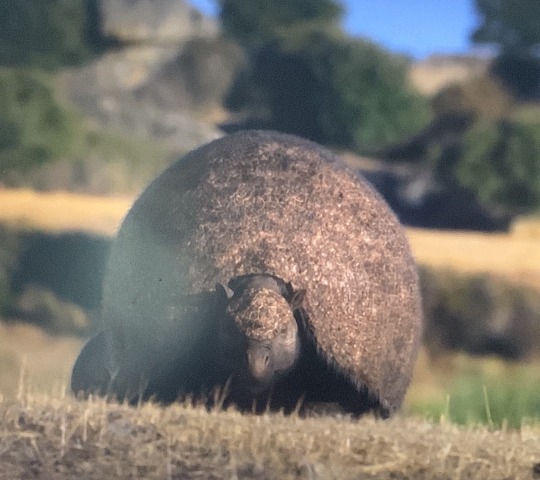
Round
9 notes
·
View notes
Text
youtube
Doedicurus are fairly common on Scorched Earth in ARK: Survival Ascended! Tune in as TriZon & Xycor attempt to tame some in live episode 33 of our playthrough!
#ark#ark survival ascended#doedicurus#scorched earth#ark taming#let's play#gaming#gameplay#playthrough#live stream#Youtube
3 notes
·
View notes
Photo

Picture 571. Glyptodonts from pleistocenic pampasformation: Doedicúrus elavicaudátus (on left) and Glýptodon cláviceps (on right).

Even among armadillos there was elephant-sized species (picture 571).
ELÄINOPPI Oppikouluja varten, Schulman - Krogerus - Nordström, 1920
80 notes
·
View notes
Photo

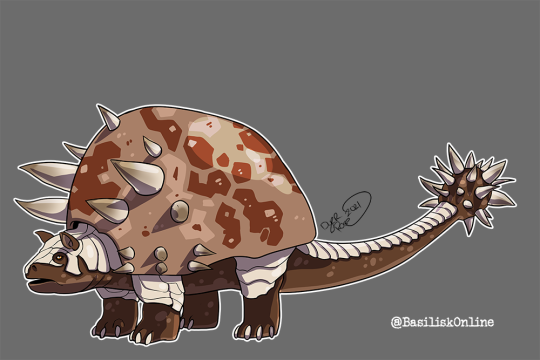
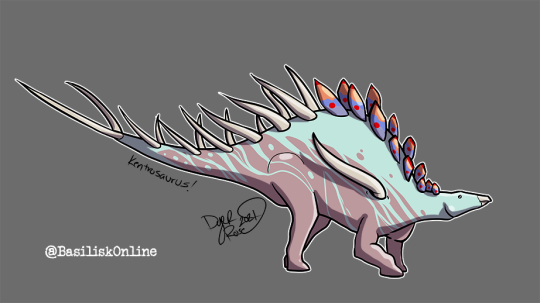
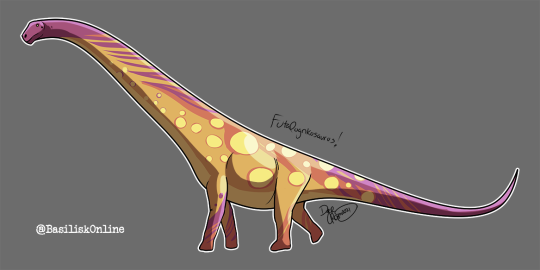
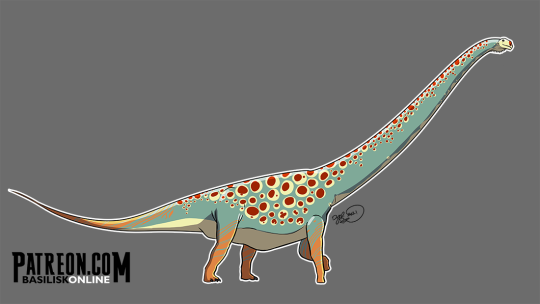



Some Paleoart I’ve Done! Part 2 [Part 1]
Iguanodon
Doedicurus (Ark commission)
Kentrosaurus
Futalognkosaurus
Mamenchisaurus
Gallimimus
Protoceratops
Guanlong
#Iguanodon#doedicurus#kentrosaurus#futalognkosaurus#mamenchisaurus#gallimimus#protoceratops#guanlong#sauropod#ceratopsidae#ark#my art#my paleo art#digital art#art#paleo art#basiliskonline#dinosaur
23 notes
·
View notes
Text


《 The North & The South 》
A long, long time ago, there were two nations: the North Nation and the South Kingdom.
The northern continent was like a thriving sprawling city, one where skyscrapers could be seen throughout the horizon, the tallest of which being the Felis Tower, the same tower where the proud president Smilodon resides...
The south, on the other hand was a much more like quaint peaceful town, most houses and other establishment were very humble in appearance, with the exception of the Phorus Palace, home of lone emperor Kelenken...
The ending of this story might already written in stone, but this old tale deserves to be revived to be told once more.
#oc#original characters#G.A.B.I.#paleoart#paleontology#saber tooth tiger#smilodon#terror bird#kelenken#dire wolf#thylacosmilus#mastodon#giant ground sloth#giant bison#doedicurus
70 notes
·
View notes
Text


The first of my new fossils. There are two more Rock type fossil lines and then a series of Ghost types, hitting all the different types I used for fossils in my first region, Bretlan.
Glyptocryst are ancient pokemon with sturdy, heavy shells to protect them from predators. Due to its smooth roundness, claws and fangs slide right off and only its underside is vulnerable, though still protected with dense fur. Because of their inherent sluggishness they are reliant on their shell and simply hunker down and wait for danger to blow over.
Doedicryst have developed powerful tails, tipped with a crystal mace. Although still imeccaby well defended they are now able to use their tail and claws as formidable weapons to go on the offensive. Despite their icy finish, the shell of a Deodicryst is well insulated and were used by ancient peoples as igloos.
Serembolt are quick footed and intelligent predators, adapted well to coursing through the tall grass of their ancestral home. Special feathers rub together as they run to create a static charge whilst other feathers are capable of storing and releasing it. Electrical attacks are typically reserved for defence as they are capable combatants with just their beaks and claws.
Kelenkrak are powerful hunters, employing their immense beak like an axe whilst running down their quarry. They prefer the open spaces of the plains they inhabit to better leverage their speed and will flush prey out of hiding with bolts of electricity so that they may run them down.
--Attack Info--
--Ability Info--
#tresto#fakemon#fakedex#saucylobster#fossil pokemon#armadillo#seriema#glyptodon#doedicurus#kelenken#phorusracos#birds#mammals
6 notes
·
View notes
Photo

Work in progress sketch for Doedicurus clavicaudatus, an extinct member of the glyptodont subfamily from what would eventually become northeastern Patagonia. Glyptodonts are extinct giant-sized relatives to modern Armadillos, Doedicurus being one of the largest members of the family, weighing in at a hefty 3,100 pounds.Like their modern day relatives they possessed a dome-like carapace made of tightly packed osteoderms which provided protection from the large predators in it's environment, such as smilodons and short-face bears.
Doedicurus possessed some decidedly heavier weaponry than most of it's relatives in the form of a large spike covered tail club, itself reaching lengths of over 3 feet in length and likely being able to hit at speeds of up to 25 miles per hour.
D. clavicaudatus likely grazed the planes of Patagonia from just over 2 million years ago until it went extinct around 8,000 to 7,000 years ago. There are many hypotheses as to why megafauna like Doedicurus went extinct around this time, with the causes likely being due to any number of factors, such as climate change and the migration of human populations and the overhunting of such animals.
There is evidence to show that early human settlers of South America did live alongside and hunt Doedicurus, but it is not definite that this was the sole cause of their extinction.
#workinprogress#wip#Doedicurus#pleistocene#mammal#prehistoric#paleo#paleoart#paleontology#sciart#science#digitalart#digitalillustration#illustration#illustrationart#art#artist#humanartist#armadillo#artistsontumblr
110 notes
·
View notes
Text

Cats be cats 🐱 🐈 🐈⬛
10 notes
·
View notes